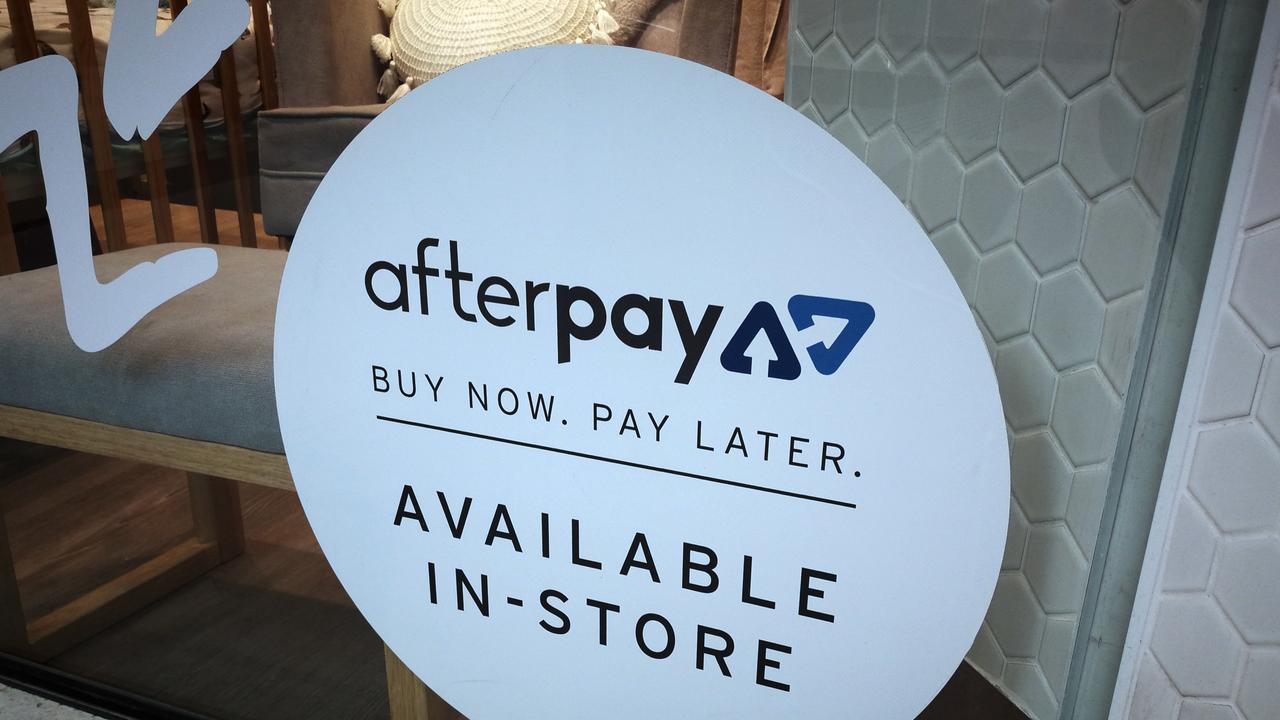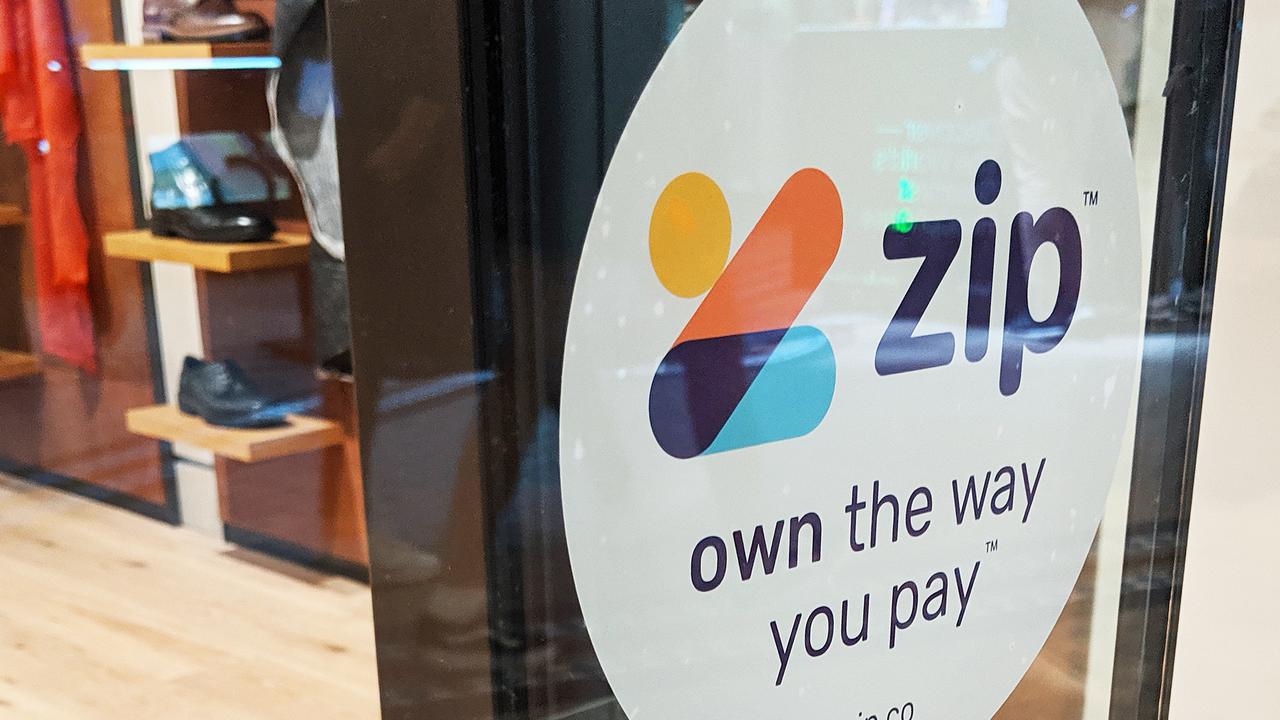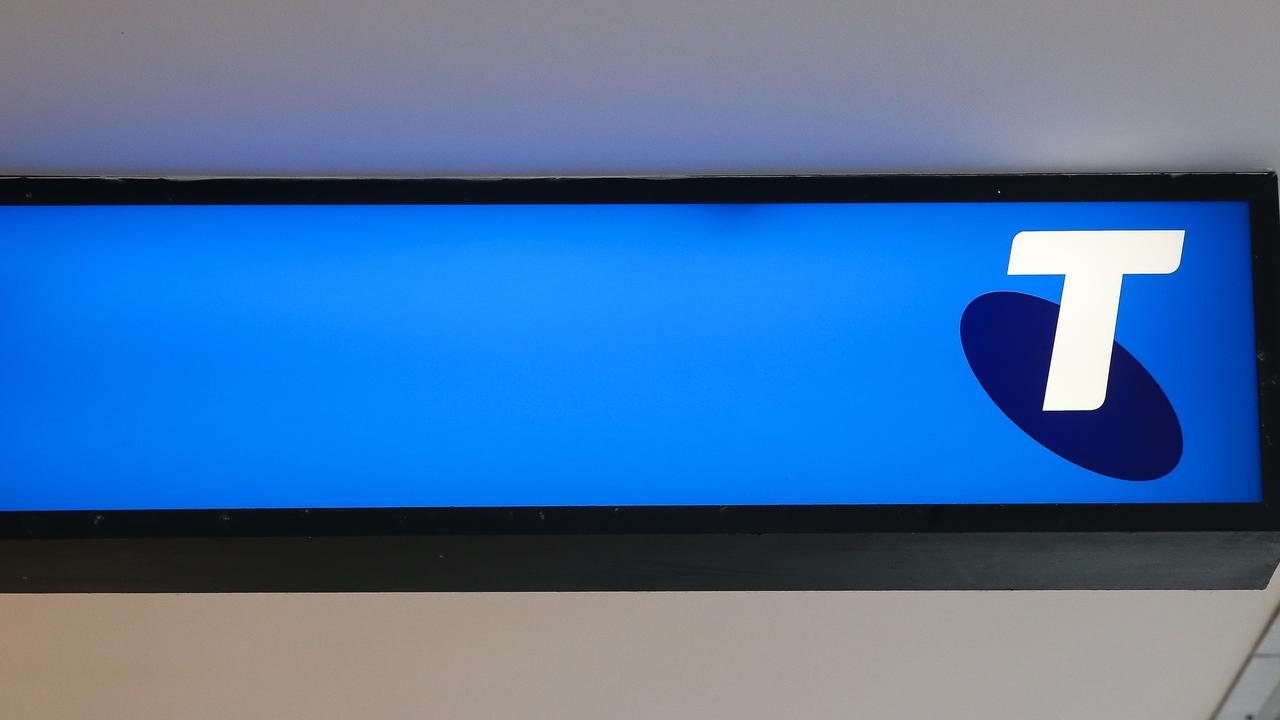Afterpay and Zip both report losses in 2021 financial results
It was a massive 700 per cent increase in losses compared to last year for the buy now, pay later service, but the co-founders are still billionaires.

Afterpay reported a $156.3 million loss for the last financial year, which was up by almost 700 per cent compared to the last year.
A surge in staff and marketing expenses as well as losses from bad debts as the buy now, pay later service took on riskier customers due to its global expansion were blamed for its worsening profit result.
However, the payment giant also reported a 78 per cent increase in revenue to $822 million, as customer numbers grew by 63 per cent to 16.2 million,, merchant numbers rose by 77 per cent to 98,200 and sales increased by 90 per cent to $21.1 billion.
Despite never turning a profit since launching on the ASX in 2016, earlier this month, Afterpay’s co-founders announced an acquisition with US digital payments company Square to the tune of $A39 billion.

Afterpay is banking on millennial and Gen Z consumers representing represent 50 per cent of all retail spend globally by 2030.
“This is a once in a generation opportunity,” co-founder and co-CEO Anthony Eisen told The Australian.
“Buy now, pay later is still really in the early stages, if we look at the global opportunity.
“What we’re seeing in every aspect is a shift from the what is known as the credit economy to the debit economy, and that is being stimulated by the next generation of Millennials and Gen Z. The opportunity is quite immense.”
It has also created partnerships with some of the world’s most popular brands such as Target, The Iconic, New Balance and Jetstar, with more than one hundred thousand companies on its books.
The payments giant announced a partnership with Australian Formula One driver Daniel Ricciardo last week, although a previous advertisement featuring Rebel Wilson was pulled after consumer protection groups complained it unfairly targeted children.

Late fees, which have also attracted criticism from consumer groups, contributed less than 10 per cent to Afterpay’s income and fell from 14 per cent last year.
Some experts believe interest in the service is dropping in Australia as it gained more customers in North America, with 10.5 million compared to 3.6 million.
Its marketing expenses more than doubled in the past year with $168.8m spent on promotion compared with $70.5m a year earlier.
“Marketing expenses were higher during H2 FY21 compared to H1 FY21 and above FY20, reflecting increased investment in driving brand awareness particularly in new regions, growth and lifecycle marketing, and investment in new in-store partnerships and visual merchandising,” the company said.
Moves to diversify its income include allowing retailers to advertise on the app as its shop directory makes 1 million referrals a day globally.
It is also launching an Afterpay Card for Aussie customers in October which will allow them to pay in store via a digital wallet.
Last financial year, Afterpay reported a $19.8 million loss.

Rival buy now, pay later service Zip also reported a $652 million loss, a whooping 3000 per cent increase on last year.
However, it also made $403 million in revenue an increase of 150 per cent compared to the previous financial year.
It revealed it now reaches 7.3 million customers and 51,300 merchants are using its services across 12 countries.
In the 2018-19 financial year, missed payment fee revenue for all buy now, pay later providers totalled over $43 million, a report from the Australian Securities and Investments Commission (ASIC) released last year found.
The corporate regulator has criticised buy now, pay later providers such as Afterpay, Zip and Humm for charging excessive late or other fees.
It found one in five buy now, pay later users are missing payments, with the younger generation particularly impacted as half of users aged between 18 to 29 cut back on essential items to make repayments.
It’s report also revealed more than 1.1 million transactions in 2019 incurred multiple missed payment fees and warned that 15 per cent of users, and half of which were under 29, had taken out an additional loan to pay for the services.






